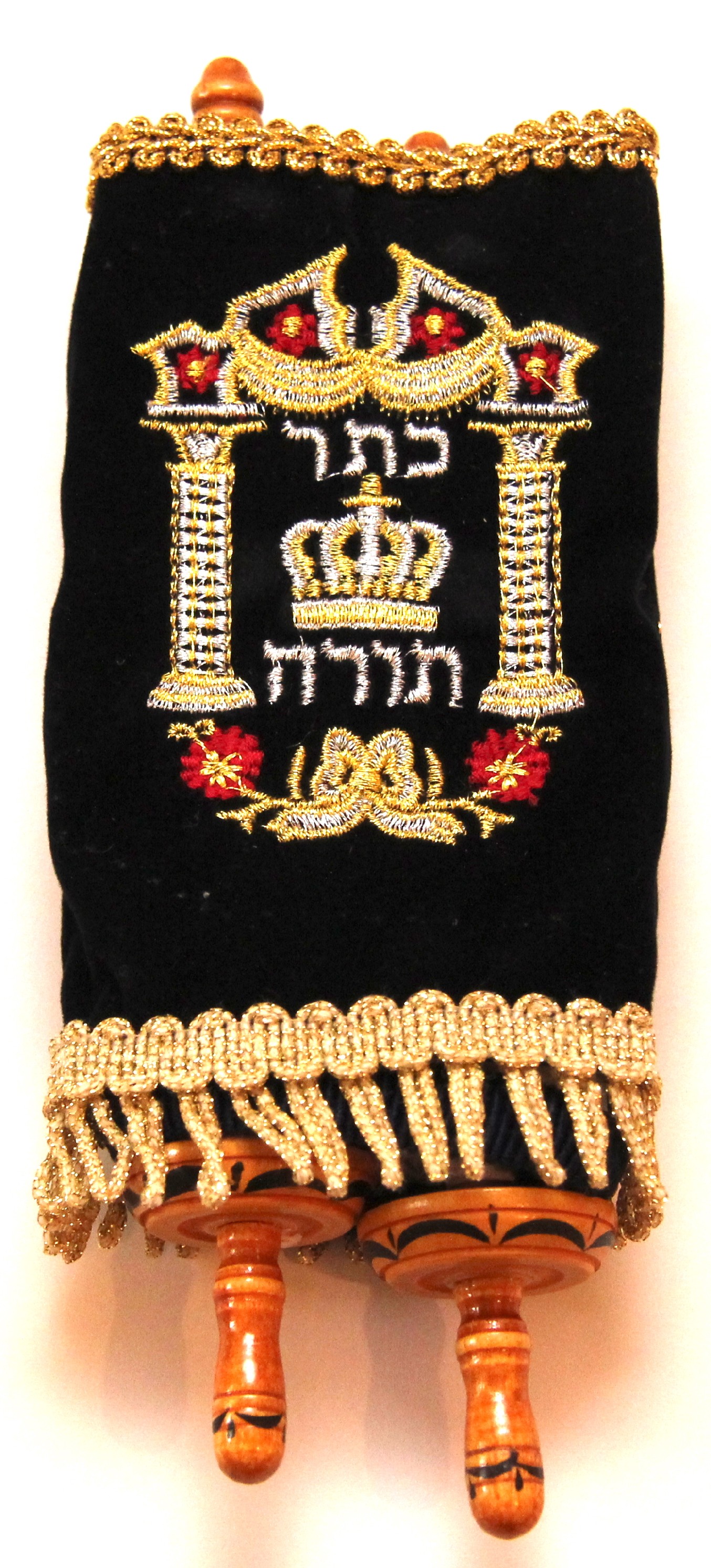
The informative Bidi Mirroring data file, lists the paired characters with acceptable mirror glyphs. Other characters such as U+2231 "∱" CLOCKWISE INTEGRAL do not have corresponding characters that can be used for acceptable mirrors. In implementation, sometimes pairs of characters are acceptable mirrors for one another: for example, U+0028 "(" LEFT PARENTHESIS and U+0029 ")" RIGHT PARENTHESIS or U+22E0 "⋠" DOES NOT PRECEDE OR EQUAL and U+22E1 "⋡" DOES NOT SUCCEED OR EQUAL. Instead, mirror glyphs are those acceptable as mirrors within the normal parameters of the font in which they are represented. For example, clearly an italic parenthesis is not an exact mirror image of another: "(" vs ")". These glyphs may not be exact graphical mirror images. Implementing rule L4 calls for mirrored glyphs. Except in such cases, mirroring must be done by an application of rule L4, to ensure that the correct character code is used to express the intended semantic of the character. See also Section 4.3 Higher-Level Protocols. A higher level protocol can limit mirroring action (rule L4) to a subset of those with the mirroring property. Note that in some contexts, some of the characters that have the mirrored property are sometimes not rendered with mirrored glyphs. While the name indicates that it is a left parenthesis, the character really expresses an open parenthesis - the leading character in a parenthetical phrase, not the trailing one.

This is of particular importance where the name of a character does not indicate the intended semantic, such as with U+0028 "(" LEFT PARENTHESIS. The mirrored property is important to ensure that the correct character codes are used for the desired semantic. Section 6, entitled Mirroring, goes as follows: It all starts because there is the idea of mirroring explained in UAX #9 ( The Bidrectional Algorithm). Are there some rules or a different set of resources I can refer to? Sometimes the layout for ( ) and (or anything that have left and right version) are in the same order as in English in the label and sometimes they are not. I am doing some testing on Arabic keyboards. Hi, you have helped me with many keyboards questions before, so I thought you might know the answer to this one or know who else to contact. The other day, Shou-Ching Schilling (LAM) asked me via email:

Kaplan, published on 0 03:01 -05:00, original URI: Mirroring and Keyboards are complicated Mirroring and Keyboards are complicatedīy Michael S.


 0 kommentar(er)
0 kommentar(er)
